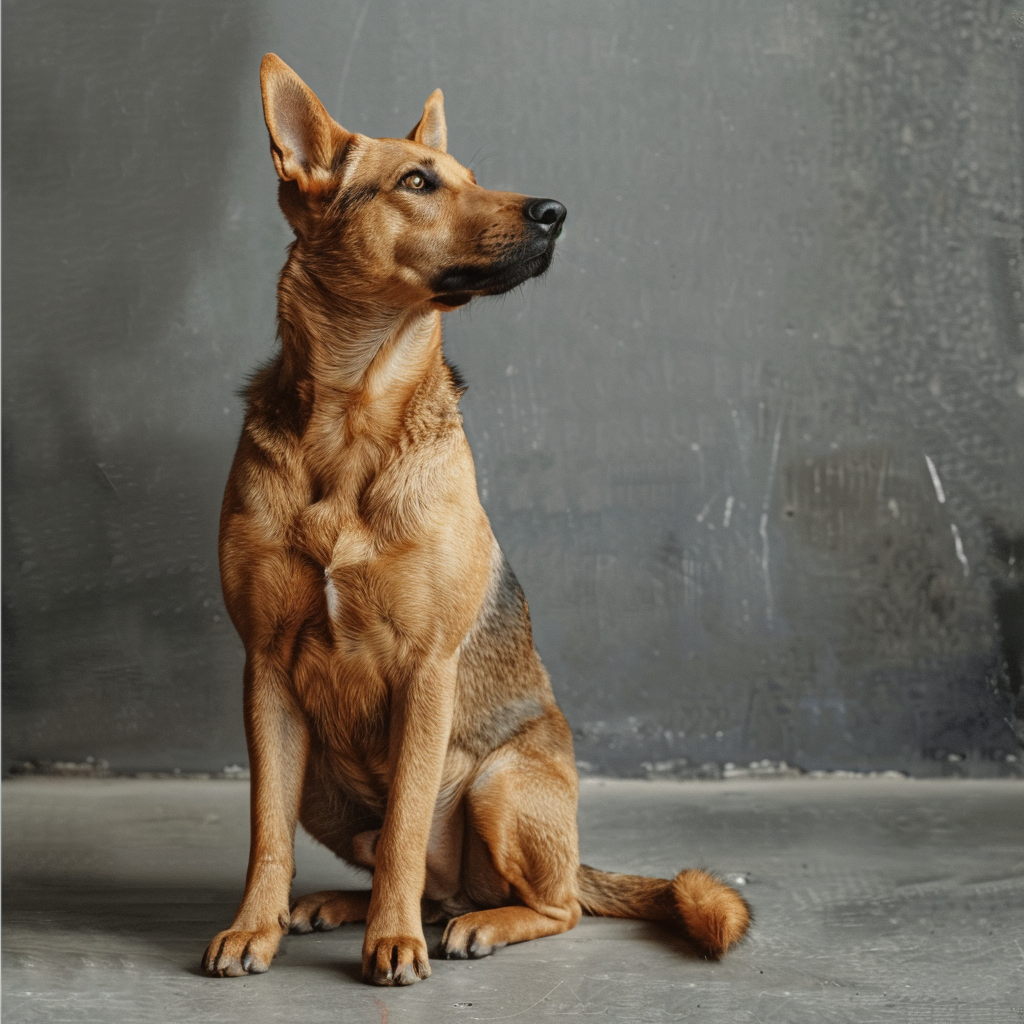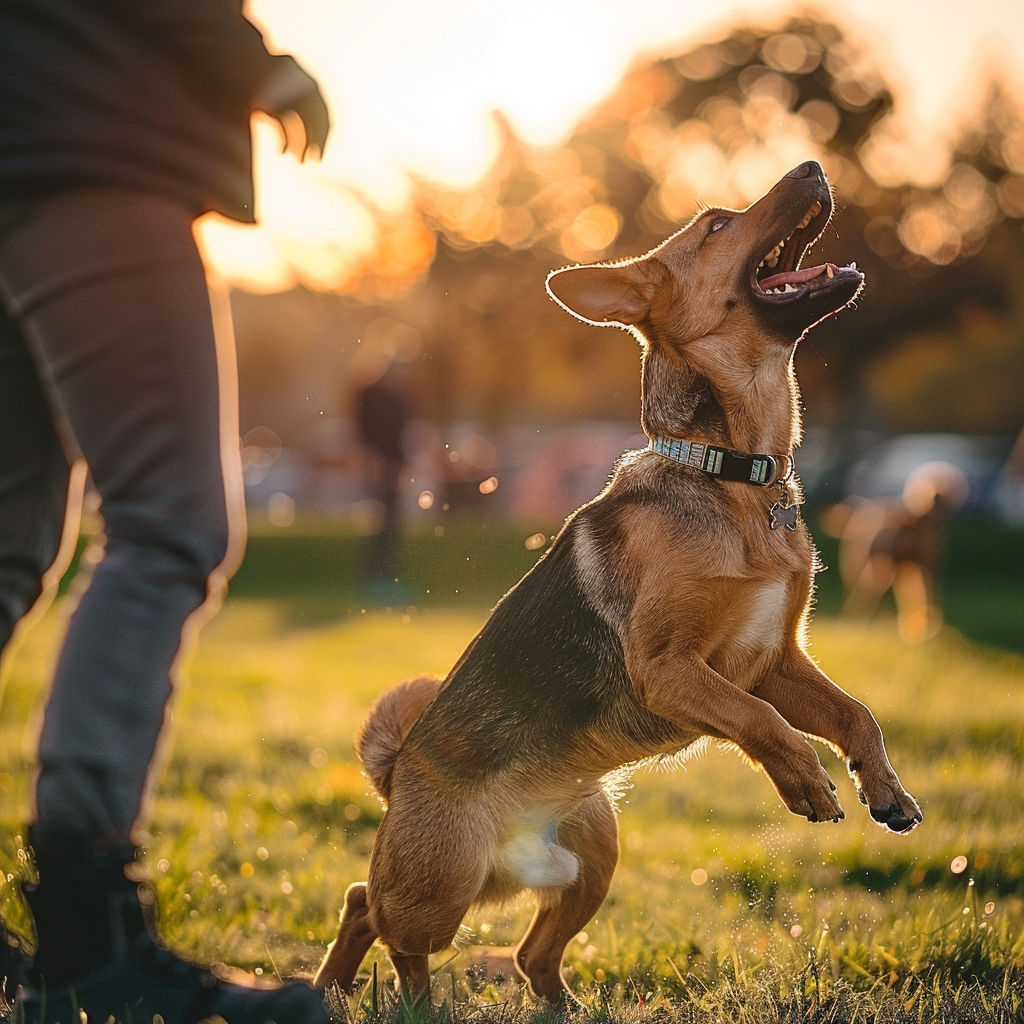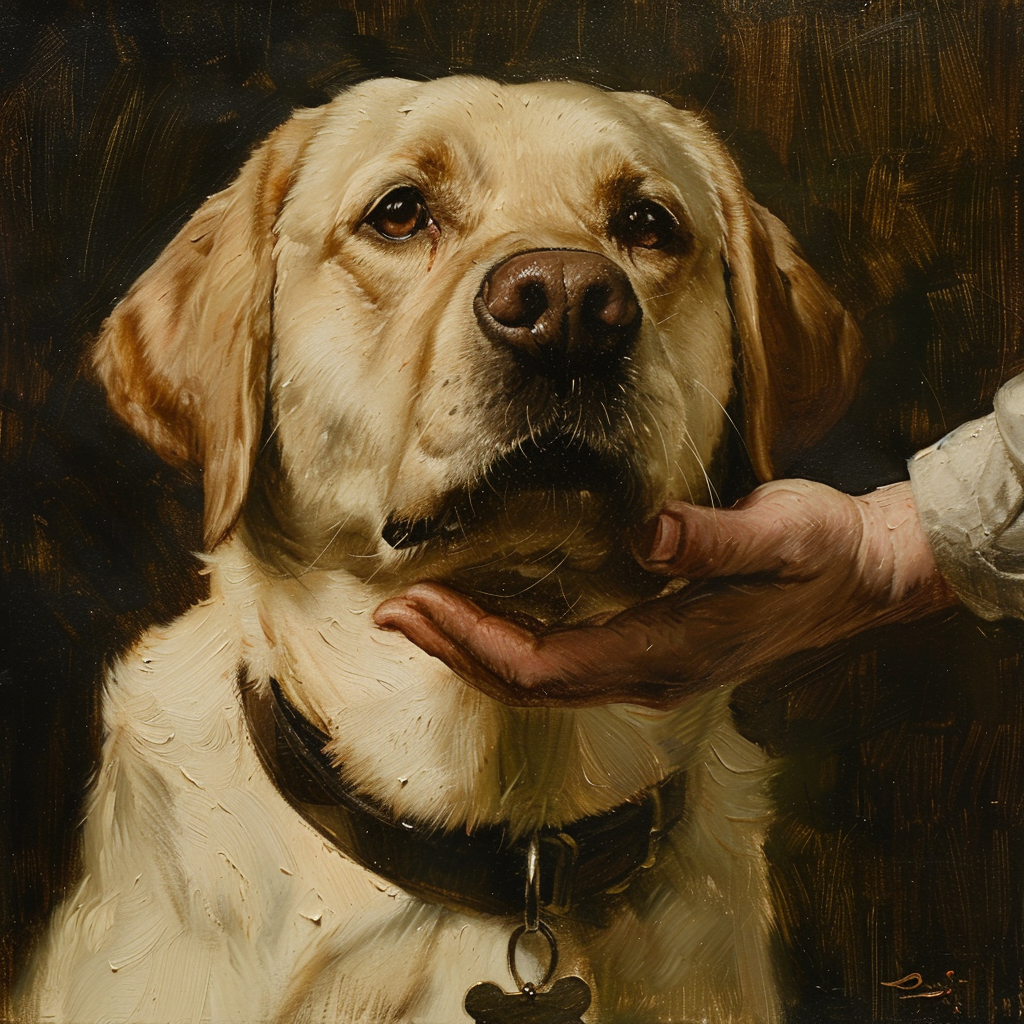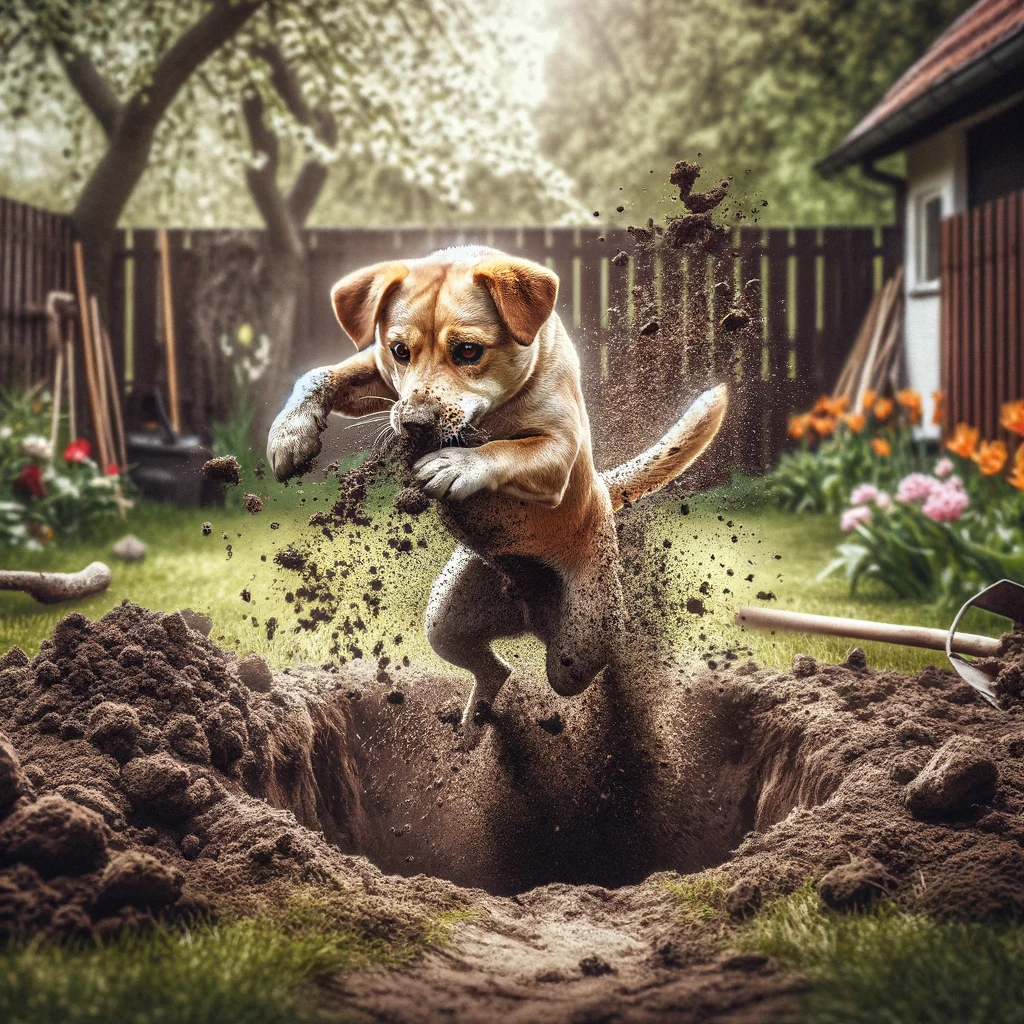Training your K9 isn’t just about giving commands and treats—it’s about building a solid relationship with your furry buddy. Whether you’ve got a bouncy Labrador, a clever Border Collie, or a loyal Golden Retriever, the key is that all dogs benefit from good training, no matter their breed or background. It’s more than just teaching them sit, stay, or come; it’s about creating a bond that makes life better for both of you.
In this article, we’re going to explore basic dog training in depth, sharing practical strategies that work for all kinds of dogs—from the super active to the more laid-back. We’ll focus on building trust and communication so that your time together is rewarding and fun. Whether you’re teaching the basics or dealing with behavior issues, our goal is to help you have a well-behaved, happy dog who feels like part of the family.
So, whether you’re new to dog ownership and feeling a bit overwhelmed, or you’re a pro looking for some fresh ideas, we’ve got you covered. Let’s dive into this journey together, creating awesome relationships that celebrate the special connection between humans and their furry friends.
1. Start with Basic Commands

Alright, let’s break it down! When you’re starting out with your furry buddy, think of it like teaching them the ABCs of doggy manners. Also, remember to try and have some fun too!
First up, we’ve got the classic “sit.” This one’s like teaching your dog to take a seat and pay attention—super handy for keeping them from bouncing around like a little tornado when guests come over or when you’re trying to put on their leash.
Next, there’s “stay.” Think of it as teaching your pup to freeze like a statue. This command is golden for situations like crossing a busy street or when you need a moment of peace without your doggo following you around everywhere.
Then, there’s “come.” This one’s like your pup’s personal recall button. It’s perfect for when they’ve wandered off a bit too far in the park or when you’re trying to get them inside after playtime.
Last but not least, we’ve got “down.” Picture it like telling your pup to take a chill pill and lay down. It’s handy for keeping them from jumping all over visitors or when you need them to calm down during a hectic moment.
These commands lay the groundwork for more advanced training and help establish you as the leader. Now, how do you get your pup to master these commands? Use positive reinforcement techniques such as treats, praise, and petting to reward your dog’s good behavior when they follow the commands correctly.
When training, keep sessions short and sweet, gradually increasing the duration as your dog’s attention span improves. Use high-value treats that your dog loves to make training sessions extra motivating. Be clear and consistent with your commands and gestures, and always use positive reinforcement to encourage desired behaviors. Practice commands in various locations and situations to help your pup generalize their understanding.
Above all, be patient and persistent. Every dog learns at their own pace, so celebrate even the smallest successes along the way. With time and practice, your furry friend will become a master of those basic commands!
2. Be Consistent and Patient

Consistency and patience are like the secret sauce to successful dog training!
Imagine you’re teaching a doggy language, and just like any language, they need to hear the same words and see the same gestures to understand what’s going on. So, use consistent verbal cues and hand signals for each command. Whether it’s “sit,” “stay,” or “come,” stick to the same cues every time you ask your pup to do something. And here’s a pro tip: make sure everyone in the family is using the same commands and signals. Consistency across the board helps your pup learn faster and avoid confusion.
Now, let’s talk routines. Dogs are creatures of habit, so establishing a consistent training schedule is key. Set aside dedicated times each day for training sessions and stick to them like glue. This helps your furry friend know what to expect and when to expect it, making the learning process smoother for everyone involved.
And now for the magic ingredient: patience! Remember, dogs aren’t born knowing human language or commands. It takes time for them to catch on and respond consistently. So, be patient with your pup as they learn and grow. Celebrate their successes, no matter how small, and gently correct mistakes without getting frustrated. With time, patience, and a whole lot of consistency, you’ll have a well-trained pooch who’s ready to impress!
The Spruce Pets, in their article on DIY Obedience Training, say this:
“At what age should you start dog obedience training? When it’s a puppy, about six to seven weeks old, is the perfect time to begin obedience training.
How long does dog obedience training take? While classes run from six to 10 weeks, you’ll still need to reinforce all your pooch has learned on a daily basis.”
3. Socialize Your Dog

Socialization stands as a cornerstone in the development of any dog, transcending the barriers of breed or size. It’s a process that should ideally begin in the tender puppy stages and continue throughout the dog’s life.
The essence of socialization lies in exposing your canine companion to a wide array of environments, people, and other animals. Such experiences are invaluable as they help your dog to navigate the world with confidence, reducing fear and anxiety in unfamiliar settings.
Introducing your dog to different settings plays a crucial role in their social development. Whether it’s a bustling city street, a serene park, or the dynamic environment of a pet store, each new experience enriches their understanding of the world. Similarly, encounters with various people — including children, adults, and the elderly — teach your dog to be gentle and friendly with humans of all ages.
You may also want to teach your dog to be obedient without a leash. This would give them more freedom and you peace of mind during socializing.
The animal kingdom is vast, and by allowing your dog to interact with other animals, particularly dogs, you’re providing them with the opportunity to learn and practice the social cues and behaviors intrinsic to their species. Dog parks serve as excellent venues for such interactions, offering a space where dogs can play, run, and communicate freely. However, it’s important to supervise these sessions closely to ensure positive experiences for everyone involved.
Moreover, considering structured activities such as obedience classes or doggy playgroups can be tremendously beneficial. These controlled environments offer not just socialization opportunities but also the chance to reinforce obedience and manners.
Professional trainers can guide your dog through the complexities of interaction, ensuring that they learn proper etiquette for greeting and playing. Obedience training, in particular, strengthens the bond between you and your dog, enhancing mutual respect and communication.
Regular walks are more than just exercise; they’re adventures that expose your dog to different sights, sounds, and smells. Each walk is a chance for your dog to learn something new about their environment and how to behave within it. Whether it’s the sound of traffic, the sight of a squirrel, or the smell of the city, every aspect of a walk has the potential to contribute to your dog’s social education.
In conclusion, socialization is not just a part of dog training; it’s a fundamental aspect of raising a happy, confident, and well-adjusted dog. It requires patience, consistency, and a commitment to providing your dog with a rich tapestry of experiences. By prioritizing socialization, you’re ensuring that your dog grows up to be a well-mannered and sociable member of both the canine and human communities.”
4. Use Positive Reinforcement

Positive reinforcement is like sprinkling a little bit of magic into your dog’s training routine!
Here’s the scoop: when your pup does something awesome, like sitting when you ask or walking nicely on the leash, it’s party time! Shower them with praise, treats, or break out their favorite toy—whatever makes their tail wag with excitement. This positive feedback tells your dog, “Hey, you’re doing great! Keep it up!”
But here’s the cool part: positive reinforcement isn’t just about rewarding good behavior in the moment. It’s also like planting seeds for the future. When you reward your pup for doing something right, you’re basically telling them, “Hey, I love it when you do that! Let’s do it again!” So, they’re more likely to repeat that behavior next time because they know it makes you happy—and who doesn’t love making their human happy?
Plus, positive reinforcement isn’t just effective, it’s also super humane. It builds trust between you and your furry friend and makes training sessions feel more like fun games than boring chores. So, next time your pup nails a command or does something awesome, break out the treats and let the praise flow—it’s the secret sauce to a well-behaved and happy dog!
5. Keep Training Sessions Short and Fun

Think about it: dogs are like little bundles of energy with the attention span of a squirrel. So, instead of trying to cram all your training into one marathon session, break it up into bite-sized chunks. Aim for around 10 to 15 minutes per session, a few times a day. It’s like giving your pup a series of mini brain workouts rather than one big marathon. Plus, short sessions help keep your dog focused and engaged, which means they’re more likely to actually learn something!
Now, here’s the fun part: mix it up with some playtime! Incorporate games like fetch or hide-and-seek into your training routine to keep things interesting. Not only does this make training more enjoyable for your pup, but it also strengthens your bond and builds trust. After all, who doesn’t love a good game of fetch?
And remember, always end on a high note! Finish each session with a big round of applause—well, maybe not literally, but definitely lots of praise and maybe a tasty treat. This leaves your pup feeling like a superstar and keeps them excited for the next training session. So, keep it short, keep it fun, and watch your furry friend become a training pro in no time!
6. Address Undesirable Behaviors Promptly

Alright, let’s tackle those pesky undesirable behaviors head-on!
Picture this: your furry friend decides to chew on your favorite pair of shoes or bark up a storm when the mailman comes knocking. Not exactly the picture of perfect behavior, right? But don’t worry, we’ve got your back.
First things first, address those behaviors pronto! Dogs live in the moment, so the sooner you nip those bad habits in the bud, the better. Be firm and consistent in letting your pup know that those behaviors aren’t cool. Redirect their attention to something more appropriate, like a chew toy or a simple command they know well.
Consistency is key here! Make sure everyone in the family is on the same page when it comes to discouraging those unwanted behaviors. This helps your pup understand what’s expected of them and makes it easier for them to learn the right way to behave.
Now, here’s the cherry on top: reward good behavior like it’s going out of style! When your pup chooses to do the right thing instead of chewing on your shoes or barking up a storm, shower them with praise and maybe a tasty treat. Positive reinforcement is like magic for shaping good behavior!
But hey, if you’re feeling like you’re in over your head or dealing with more complex behavior issues, don’t hesitate to call in the pros. A professional dog trainer or behaviorist can work wonders in helping you and your furry friend navigate those tricky situations.
So, remember, address those undesirable behaviors pronto, stay firm and consistent, and don’t forget to celebrate the wins along the way. With a little patience and persistence, you and your pup will conquer those behavior challenges in no time!
7. Exercise Both Body and Mind

Let’s talk about keeping your pup both physically and mentally fit—because a happy dog is a well-rounded dog!
First up, let’s get moving! Just like us, dogs need their daily dose of exercise to stay healthy and happy. Whether it’s a leisurely stroll around the neighborhood, a brisk run in the park, or a game of fetch in the backyard, make sure your furry friend gets those paws moving. Regular exercise not only burns off excess energy but also helps keep your pup in tip-top shape.
But here’s the thing: it’s not just about running laps around the block. Mental stimulation is just as important as physical exercise for keeping your pup’s brain in shape. Think of it like giving your doggy Einstein a workout. Puzzle toys, obedience training, and interactive games are all great ways to challenge your pup’s noggin and prevent boredom-related behavior issues.
So, mix it up! Take your pup for a romp in the park followed by a fun training session or treat them to a puzzle toy to keep them entertained while you’re busy. The key is to keep things interesting and engaging for your furry friend.
By giving your pup plenty of both physical exercise and mental stimulation, you’ll not only have a happier and healthier dog but also a well-rounded companion who’s ready to take on the world—one wag at a time!
8. Maintain a Positive Attitude

Training a dog can definitely have its ups and downs—it’s like a rollercoaster ride with lots of twists and turns. But here’s the thing: your attitude matters more than you think. Dogs are like emotional sponges; they can pick up on your vibes faster than you can say “sit!” So, it’s crucial to maintain a positive attitude throughout the training process.
First off, stay calm and collected. Dogs can sense when you’re feeling stressed or frustrated, and it can affect their behavior and learning. Take a deep breath, relax, and remember that training takes time and patience.
Consistency is key, but so is kindness. Avoid using harsh or punitive training methods, as they can damage the trust and bond between you and your pup. Instead, focus on positive reinforcement—praise, treats, and belly rubs—to encourage good behavior. Your furry friend will respond much better to love and encouragement than to punishment.
And here’s the fun part: celebrate every little win along the way! Whether it’s your pup mastering a new command or showing improvement in a challenging behavior, make sure to shower them with praise and rewards. Positive reinforcement is like magic for building confidence and strengthening your bond.
So, keep that smile on your face, stay patient and consistent, and always focus on the positive. With your upbeat attitude and a whole lot of love, you and your furry friend will conquer any training challenge that comes your way!
Conclusion
Training your four-legged pal isn’t just about getting them to sit, stay, or come when called—it’s about forging a rock-solid bond that lasts a lifetime. Whether you’ve got a bouncy Labrador, a clever Border Collie, or a loyal Golden Retriever, one thing’s for sure: all dogs benefit from a little TLC in the training department, no matter their breed or background.
So, whether you’re a first-time pup parent or a seasoned pro, remember: training isn’t just about teaching your dog new tricks—it’s about creating memories, building trust, and celebrating the special bond between humans and their furry companions. So, let’s go out there and make some tail-wagging memories together!



